-
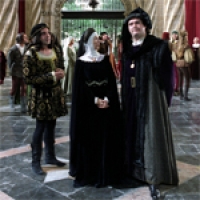 The Golden Age (Spring 1499)
The Golden Age (Spring 1499)The economic development of the city of Valencia during the fifteenth century led to an ambitious urban renewal program and encouraged the arts and letters. The Llotja is the culmination of a long list of civil and religious buildings erected in this period.
-
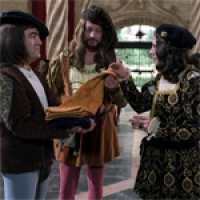 The trade (Summer 1499)
The trade (Summer 1499)Valencia became a bustling marketplace in the fifteenth century, through which the kingdom’s agricultural production was distributed, as well as any manufacturing from the capital and surrounding areas: textiles, earthenware, leather or paper. After opening in 1499, the Llotja served as the main space where transactions were held.
-
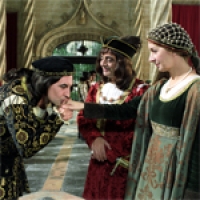 A marriage of convenience (Summer 1499)
A marriage of convenience (Summer 1499)Some merchants came from old families of artisans who left manufacturing in favour of trade. Many made fortunes and continued their upward mobility by marrying into families from the lower nobility. Grand displays of luxury were guaranteed for the betrothals.
-
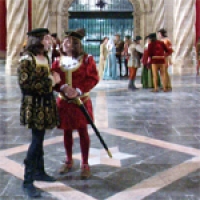 The Borgias (Summer 1499)
The Borgias (Summer 1499)The Borja, a noble family of jativi origin, was one of the most powerful of its time in the Crown of Aragon and Italy, with great influence in the ecclesiastical hierarchy. Two of its members came to the papacy: Alfons (Calixto III) and Roderic (Alexander VI), which propelled contracts between Rome and Valencia, leading to the advent of the Renaissance.
-
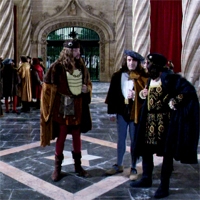 The city taxes (December 1499)
The city taxes (December 1499)The finances of the municipality of Valencia were based on taxes and public debt. Among the first were the profits (sisas) that taxed consumption, production, and trade. The “annuities” were a form of rent that the city agreed to pay in exchange for the delivery of a capital.
